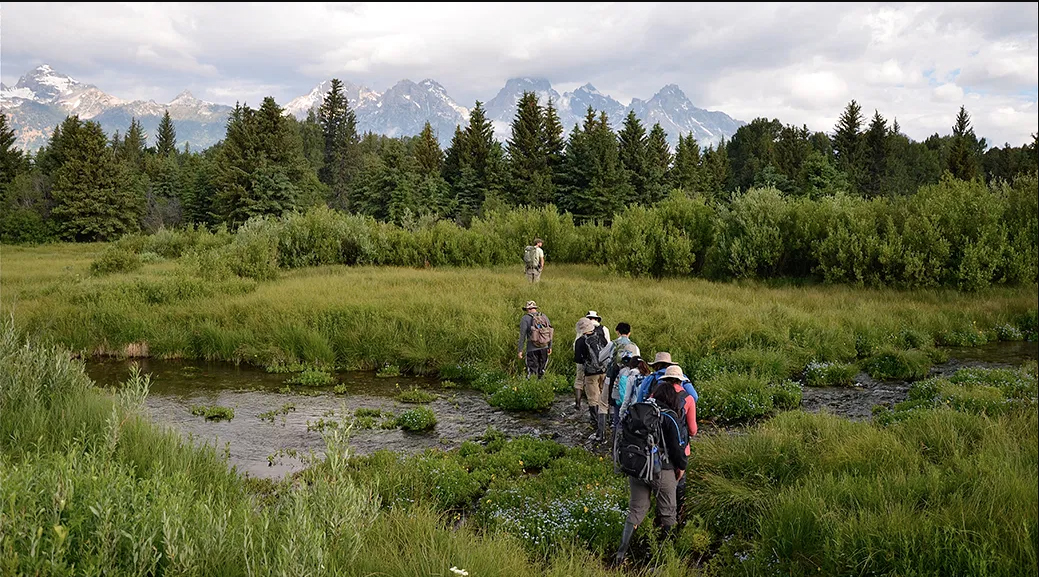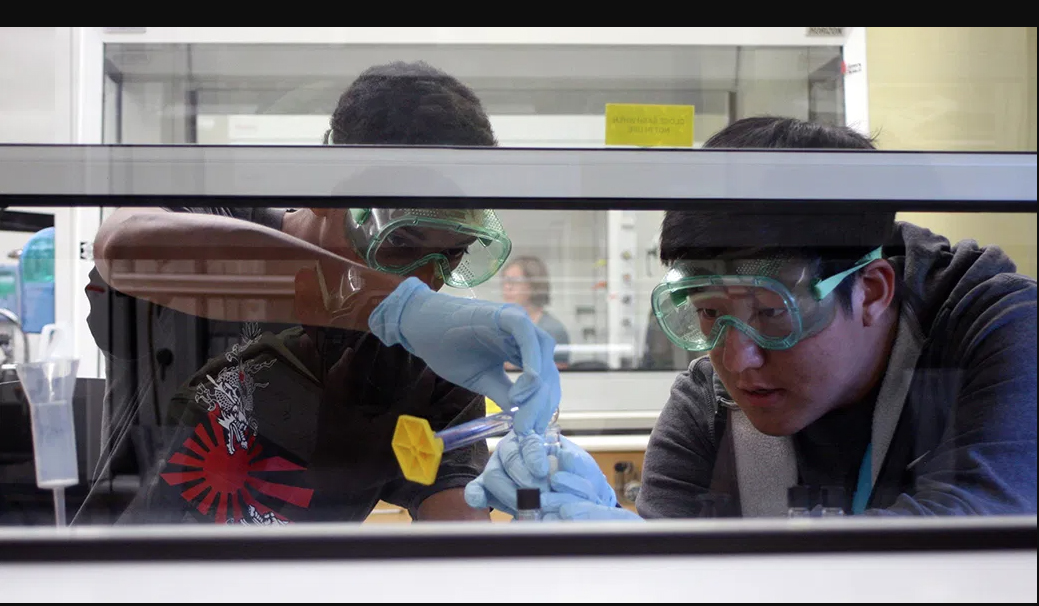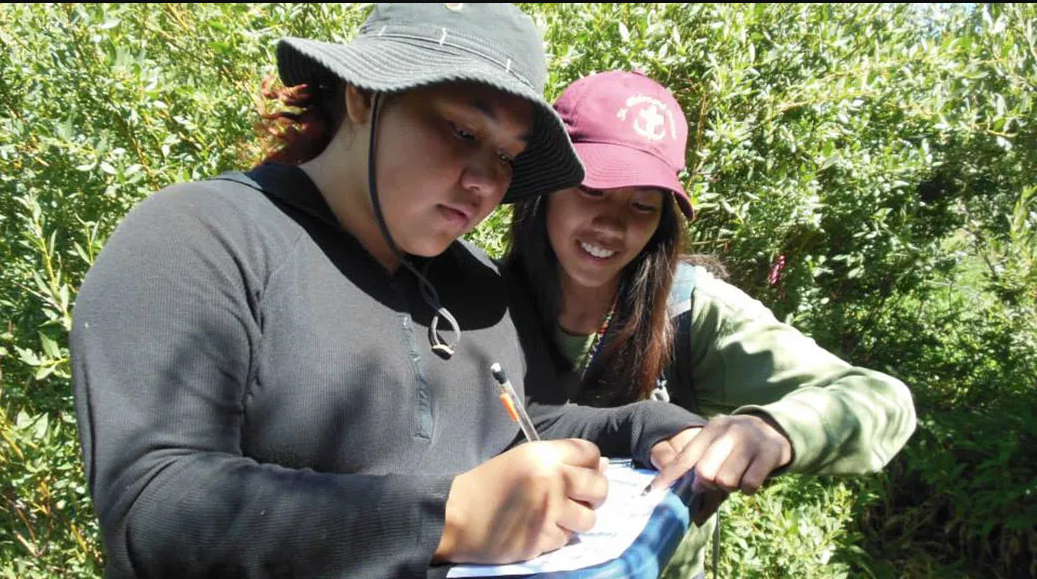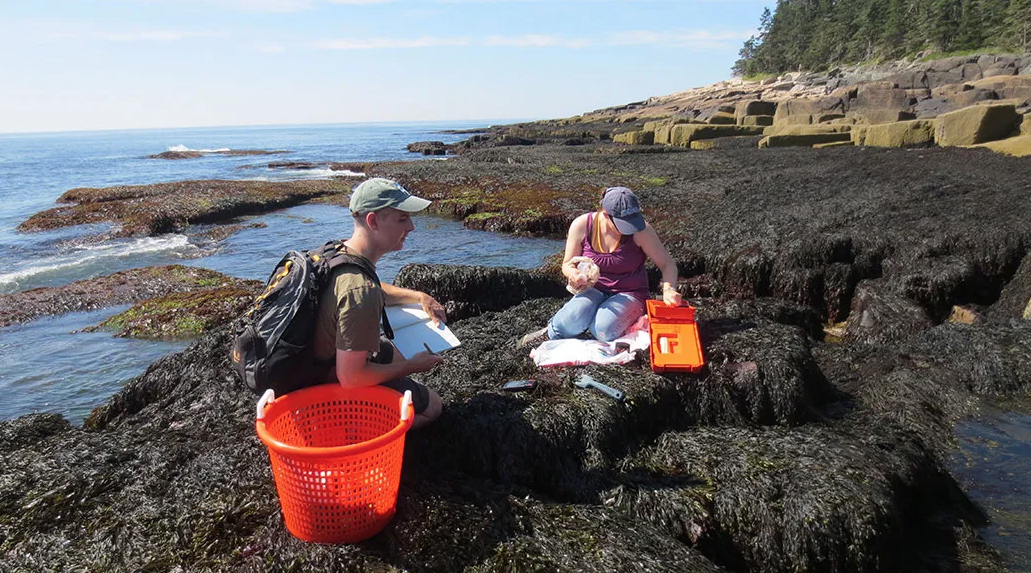.
Celebrating 25 years of students doing science in the summer
By Kristen Kusek
In the Earthwatch office here in Boston, staff are abuzz prepping volunteers for the busiest field season of the year and making sure our science teams have what they need.
.

This year marks our 25th anniversary in partnership with the Durfee Foundation, which has empowered 1,200 students (and teachers, too) like Moria featured here to experience once-in-a-lifetime Earthwatch expeditions. Thank you, Durfee!
.
Among those packing their bags to embark on expeditions are 50 high school students from Los Angeles. Thanks to a unique fellowship program called IGNITE, these students will help Earthwatch scientists study intertidal communities in Maine, climate change and caterpillars in Nevada and Florida, sea level rise in South Carolina and Rhode Island, and waterbirds on the Gulf Coast of Texas—opportunities to see environmental change first-hand, outside of the classroom, and to do something about it.
They are the latest crop of more than 1,200 students (and teachers, too) whose expeditions were made possible by the family-run Durfee Foundation over the last 25 years—and we had to take a moment before the fielding frenzy to send a heartfelt “thank you” to Durfee. This year marks our 25th anniversary so there’s no better time to celebrate such a powerful partnership.
.

.
Recently, I had a chance to interview Michael Newkirk, Vice President of Durfee’s Board of Trustees. He started the program in 1990 with Durfee’s first executive director, Robbie MacFarlane. Here are a few highlights from our chat:
Q: What excites you the most about this program?
A: I experienced a key moment in 1976 when I was in high school that reflects the experience I believe we are offering high school students today. I got to visit the Jet Propulsion Lab (JPL) in Pasadena and was in the control room when the first spacecraft landed on Mars. There we were at 3:00 a.m., anxiously looking at the monitors to see if the lander survived as the first pictures started to come into focus very slowly. That was way beyond what I ever got to see in high school—and the IGNITE program is way beyond what most students experience, too.
Q: What is the primary goal of the IGNITE program?
A: The main impetus is to give creative-minded 10th and 11th graders the opportunity to work with research scientists—immersing them in high-level science as it is actually practiced. Our goal is not to crank out scientists, though that does happen, too, and that’s great. What we’ve seen over the years is how the program has the ability to change the life trajectory of these students—over just a couple of weeks—and it really plants the seeds of a more interesting life.
.

.
Q: You have described this program as “slightly unconventional.” What makes it unique?
A: We look for creative-minded students, not really your science-y types per se—and we want to know who they are, not what kind of grades they get. In fact we don’t ask for academic transcripts at all. In addition to a teacher recommendation, our application involves things like asking the student to make a drawing or illustration. Earthwatch whittles the applications down to 150, and to this day I still enjoy going through every one of them and trying to get them down to 50. Reading the applications still gives me hope for the future because these kids are amazing. I just can’t believe they are only in high school!
Q: What’s been your favorite moment in the last 25 years?
A: 1990 was the first year we sent out students –and at that time the students came from all over the US. We sent them to an observatory in Arizona, and I visited at the end of the two weeks to see how it was going. I was so impressed with how enthusiastic they were! These students went from total strangers to a totally cohesive group with tremendous camaraderie—and they kept “astronomer’s hours,” staying awake all night to observe the stars from the top of this mountain. They were so clever and witty and asked the best questions—and, there were no issues you might expect when sending teens out to the top of a mountain.
.

.
I learned then that we hit on something powerful: It’s important to get the students to a radically different environment from their home and their schools—just like this year, we have students from L.A. spending two weeks on the seashore in Maine. I’m very proud that our unconventional approach seems to just work.
Q: What do the next 25 years hold?
A: I would love to be able to send out more students every year and keep it propagating. We have the model, and we know it works, and I hope other groups come to the table to help replicate it.
Thank you, Durfee. Let’s keep igniting the flames of passion for science, personal growth and change!
.
Sign up for the Earthwatch Newsletter
Be the first to know about new expeditions, stories from the field, and exciting Earthwatch news.